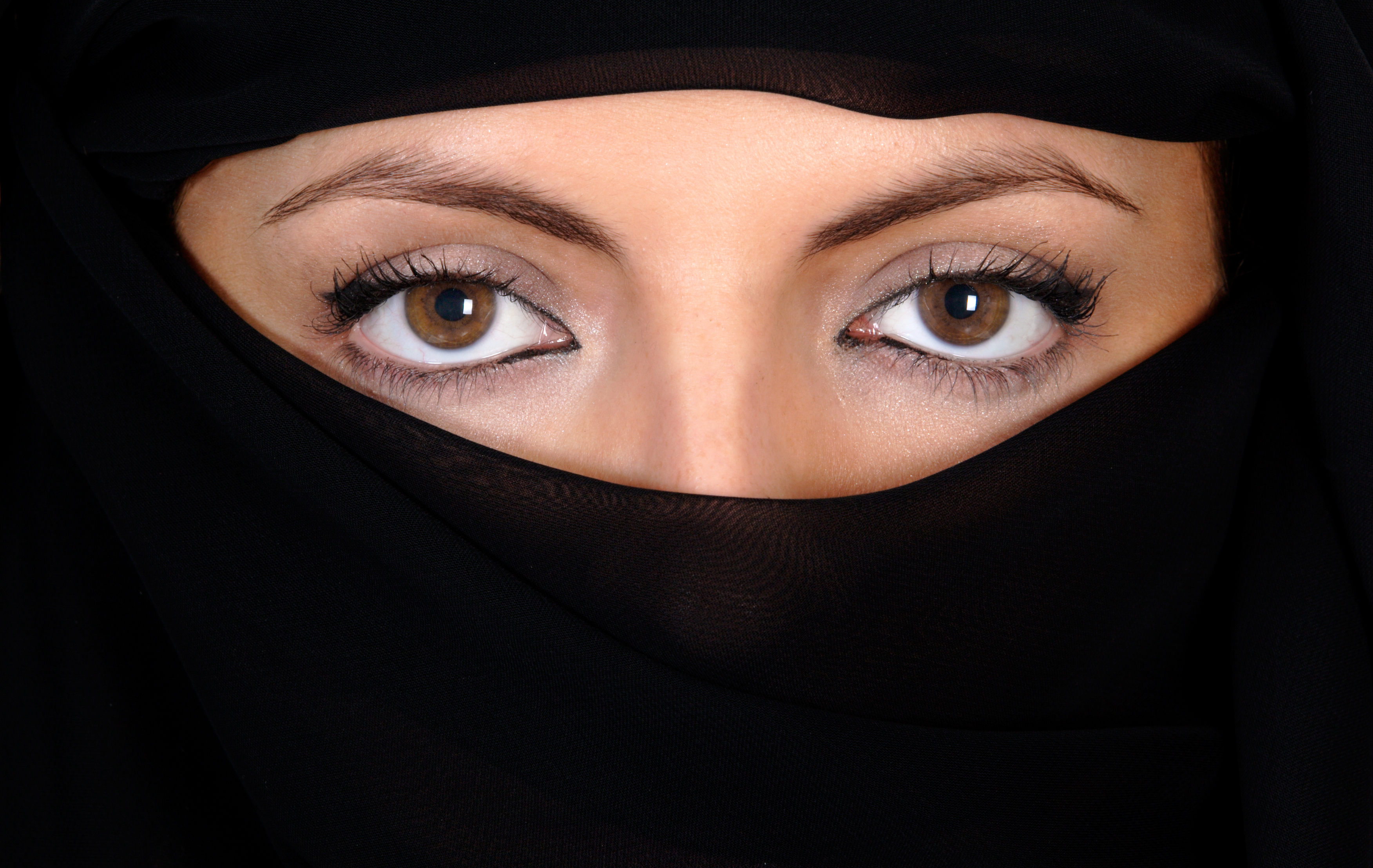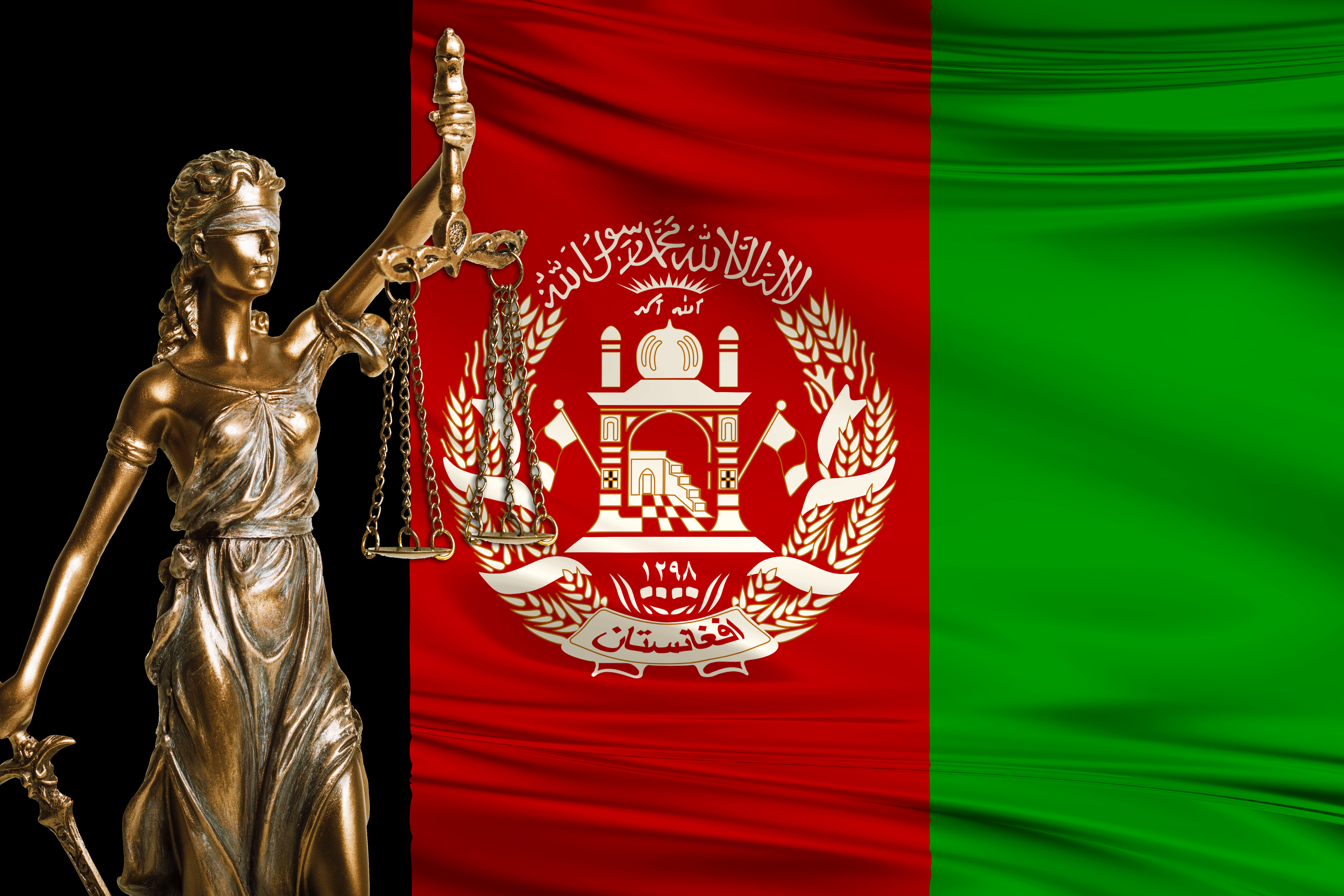What now for the female judiciary of Afghanistan?

Justice Anisa Rasooli, the first woman to sit on the Supreme Court of Afghanistan, was quoted as recently as June 2020 as saying:
'I believe that the Afghanistan judicial system is regaining its decency. There are still problems, but considerable progress is being implemented. If the current situation continues, I am optimistic about the future of the judiciary in Afghanistan. However, if this trend is interrupted because of conflict or political and social unrest, then no one knows what the future of the judicial system will be.'1

Sadly, Judge Rasooli’s fear of political unrest came to fruition on 15 August 2021 when Taliban fighters took control of the Afghan presidential palace in Kabul. President Ashraf Ghani had fled the country. The Taliban had regained power following the withdrawal of the United States and its coalition forces (including Australia).
For the days that followed, members of the International Association of Women Judges (IAWJ) maintained a Zoom vigil, taking shifts to share and direct information to their Afghani colleagues attempting to leave their country.
Prior to the Taliban regaining power, around 250 members of the Afghan judiciary were women. A few were able to flee, but most have been left behind and are still trying to get out.
One experienced judge was able to make it out with her family on a flight from Kabul to Poland. It was a difficult journey but one she felt she had to make after the Taliban were seen to be asking her neighbours of her whereabouts. They left everything behind.
Despite fear for what is to come, there were many female judges who chose not to leave. They joined a number of their compatriots in other professions such as journalism and the public service. Instead, they are standing their ground with a steely resilience.
The situation in Afghanistan is grave. Judges are at particular risk simply because they upheld the rule of law and respected human rights. They presided over the convictions of rapists, murderers, and other serious criminals. Since taking power, the Taliban have freed thousands of prisoners, including terrorists and senior al Qaeda operatives.

Women judges are at an added risk. The Taliban does not accept that women have the right to judge men. Horia Mosadiq, an Afghan human rights activist, has said that freed prisoners 'are calling with death threats to women judges, women prosecutors and women police officers, saying ‘we will come after you’'.2
The Afghan judicial system has been a highly politicised arena since 2001, with underlying frictions between traditional Afghan approaches to justice founded in customary norms and Islamic law and the externally imposed values and procedures from international organisations and donors on the operation of the rule of law.
Female members of the judiciary have been high profile targets, with two women Supreme Court justices shot dead by unidentified gunmen in January 2021. Former Afghan officials blamed the Taliban for the attacks, an accusation that was denied. The ambush took place in the streets of Kabul as the judges were driving to work and appeared to be part of a broader series of assassinations of prominent Afghans, in often brazen daytime attacks.
Under the Taliban rule, from 1996 to 2001, women were severely oppressed. They were unable to attend school or work. Fast forward to 2021, while the Taliban have promised to respect women’s rights 'within Islamic law', international governments, humanitarian groups and Afghan women have been sceptical. The full extent of what rules they will impose is not yet clear, but there have already been worrying indications that Afghan women will, once again, lose any progress that has been made.
The International Association of Judges and the IAWJ released a joint statement on 20 September 2021, detailing the threat being experienced by all Afghan judges. The respective Presidents, Judge José Igreja Matos (of the Court of Appeal of Porto, Portugal) and Justice Susan Glazebrook (of the Supreme Court of New Zealand), have called on the global community to work together and assist with the provision of safe travel options, visas for transit and, ultimately, humanitarian visas in destination countries.
The concerns raised by these international bodies have been echoed by numerous organisations in the Australian legal community, including the Law Council of Australia, the Australian Bar Association, the Australian Judicial Officers Association.
So, what now?
Despite the final withdrawal of coalition forces on 31 August 2021, evacuation efforts continue. Earlier in September, Britain’s Justice Minister, Robert Buckland, said that their government had evacuated nine female Afghani judges and they were working towards evacuating more. The US Government has said it is working to evacuate as many at-risk Afghans as possible, including judges.
The UN has reported that the Taliban’s recent actions have 'sadly contradicted' their promises of upholding human rights. According to Michell Bachelet, the High Commissioner for Human Rights, 'there is a real and palpable fear among Afghan women of a return to the Taliban’s brutal and systemic repression of women and girls during the 1990s.'3 The Ministry for Women has been disbanded, with the sad irony of it being superseded by the Ministry for the Propagation of Virtue and the Prevention of Vice.
At the time of writing, girls over the age of 12 have been prohibited from attending school. Genders have been separated at the university level, with females being prohibited from being taught by male professors, who make up the majority of the teaching staff.
The outlook is bleak. The majority of Afghanistan’s female judges remain in hiding, with mounting levels of frustration and fear. However, the IAWJ is continuing in its tireless efforts to ensure their safety, and that every woman judge who wishes to leave Afghanistan is able to do so.
ENDNOTES
1 Antonio De Lauri, 'Women Judges in Afghanistan: An Interview with Anisa Rasooli' CMI Insight (2020) <https://www.cmi.no/publications/7268-women-judges-in-afghanistan-an-interview-with-anisa-rasooli>.>.
2 Stephanie van den Berg, 'Hunted by the men they jailed, Afghanistan’s women judges seek escape', Reuters (4 September 2021) https://www.reuters.com/world/asia-pacific/hunted-by-men-they-jailed-afghanistans-women-judges-seek-escape-2021-09-03/>.>.
3 'Afghanistan: ‘Palpable’ fear of ‘brutal and systemic repression’ of women grows' United Nations (21 September 2021) <https://news.un.org/en/story/2021/09/1100562>. >.